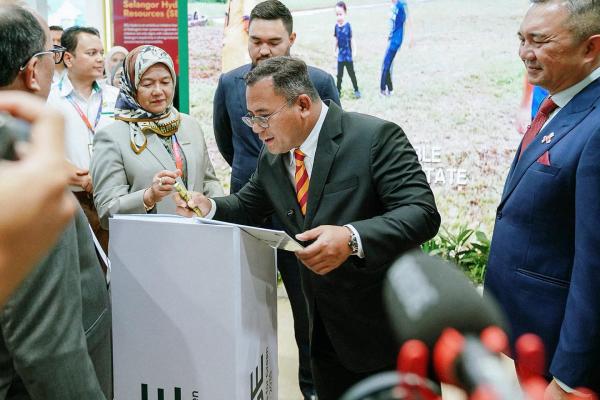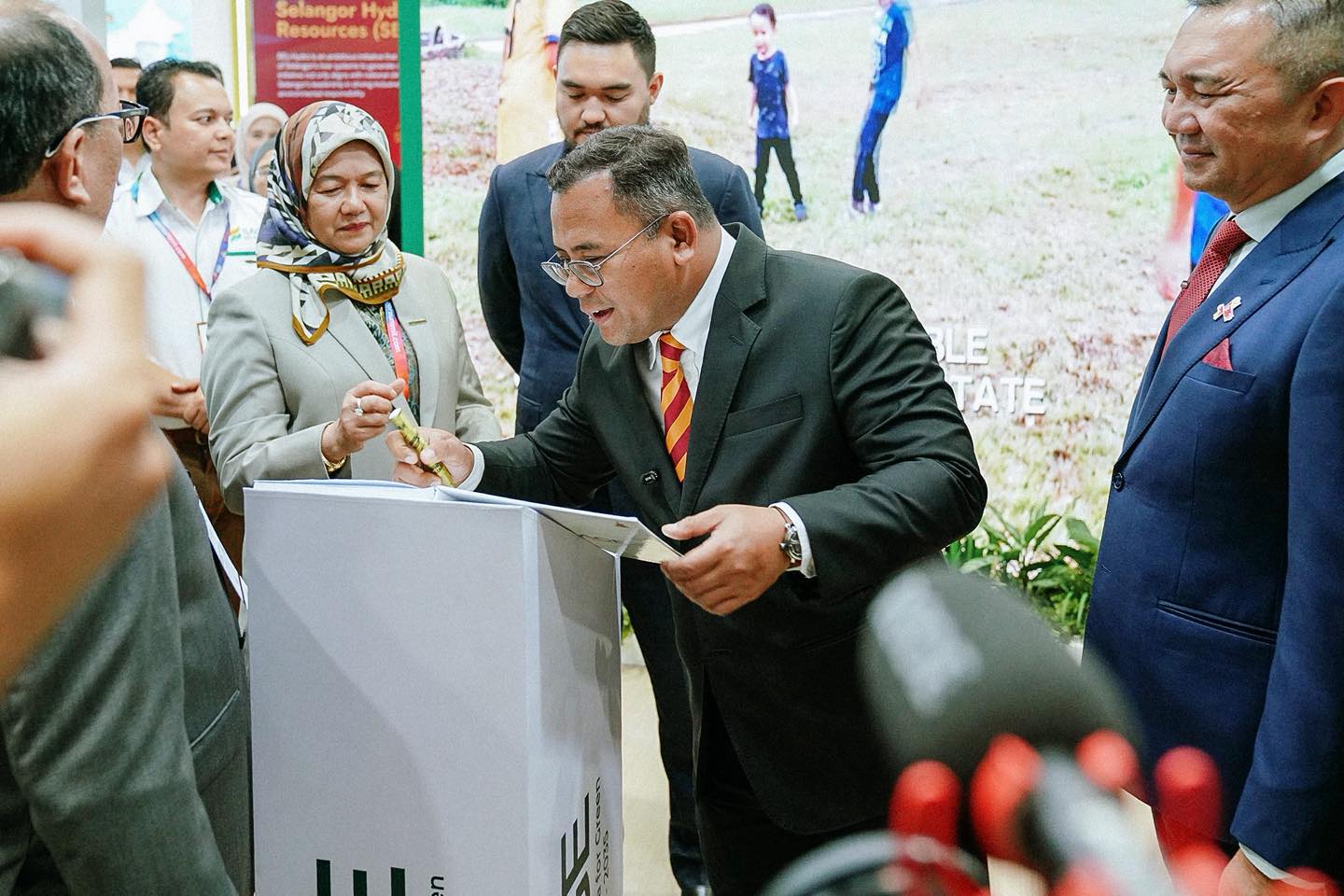KUALA LUMPUR, Oct 9 — Education will receive the largest allocation under the 2026 Selangor Budget, marking a shift from previous years where the highest funds were for the economy and people’s welfare.
Menteri Besar Dato’ Seri Amirudin Shari said the state will roll out technical and vocational education and training (TVET) programmes for secondary school students next year, adding that this reflects the state government’s commitment to strengthening education and equipping future generations with the skills they need to meet industry demands.
He noted that the state currently allocates between RM15 million and RM20 million annually for TVET programmes, with about one-third of the funds channelled towards electrical and electronics-related training, and the remaining to high-value industries like rail and aerospace.
“Next year, the largest allocation in our state budget will be dedicated to education. Last year, the focus was on the economy, while welfare received the biggest share the year before.
“We are ready to collaborate with industry players to develop talent that meets (their) specific needs,” he said in a dialogue session with industry players at the Selangor Aerospace Summit, held in conjunction with the Selangor International Business Summit (SIBS) at the Kuala Lumpur Convention Centre here today.
Amirudin added that the state is already sponsoring tuition for more than 100,000 Forms 4 and 5 students, and that next year, the focus will be on introducing TVET programmes in secondary schools, instead of limiting them to tertiary institutions.
“I think the industry can start now to identify and plan what it needs over the next five or 10 years. We can work together to shape and produce the next generation of talents, equipping them with the skills required by the industry.”
On a separate matter, Amirudin said Selangor is exploring the possibility of adopting Germany’s model of equity participation in industrial research and development (R&D) as part of its long-term strategy to strengthen innovation-driven industries.
He said the model allows the government and financial institutions to co-invest with companies in R&D projects, where every ringgit spent by the private sector is matched in public funding.
However, instead of it being a grant, the government’s contribution is treated as an investment that can later be converted into equity or shares in the developed products or companies.
“I think the model can also be introduced for Selangor in the future, but of course, we will need to review our financial capacity first. This industry requires not just millions, but potentially hundreds of millions, or even billions, in investment,” he said.
Amirudin added that Selangor will also need to engage investors and financial institutions to explore collaborative financing models, with the state government acting as a mediator.


